OPEN ASSEMBLY
Experiments in Aesthetics and Politics

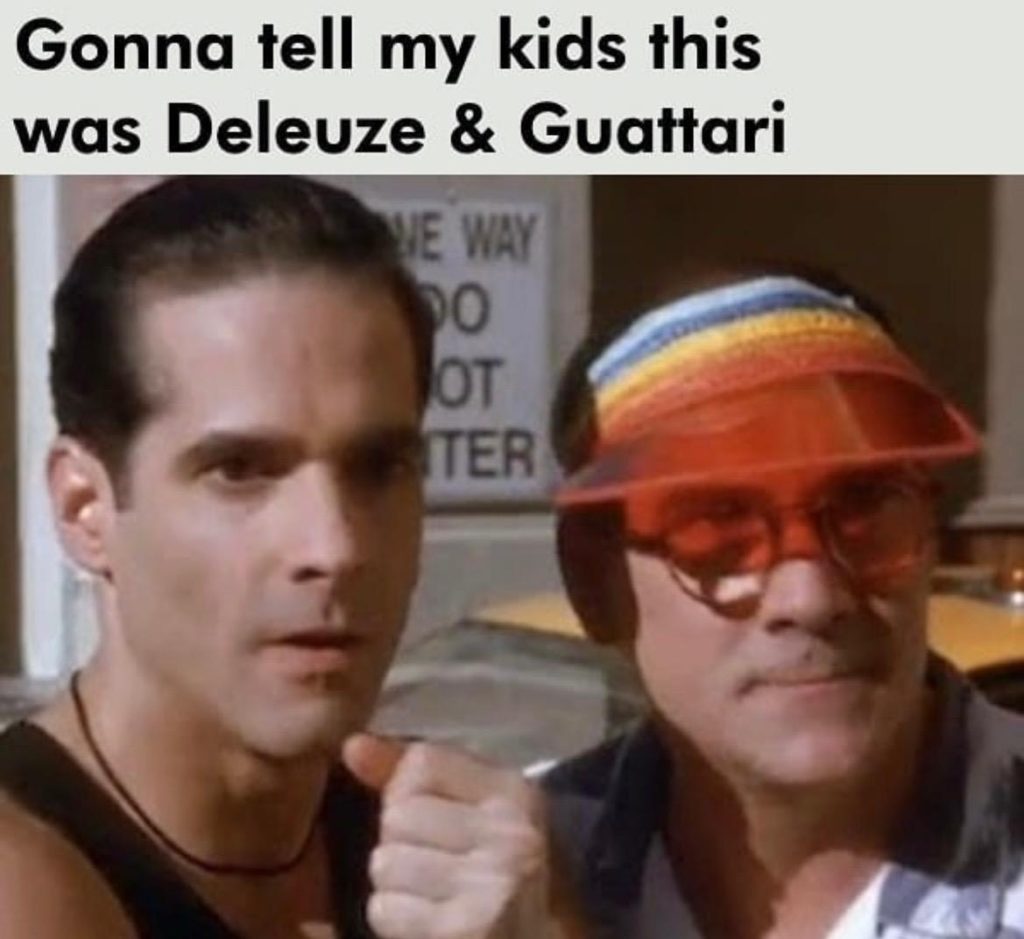
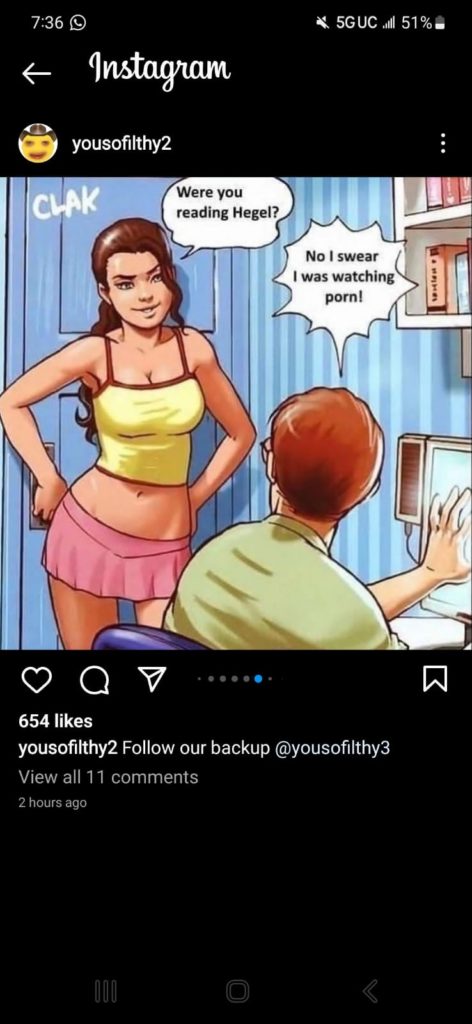




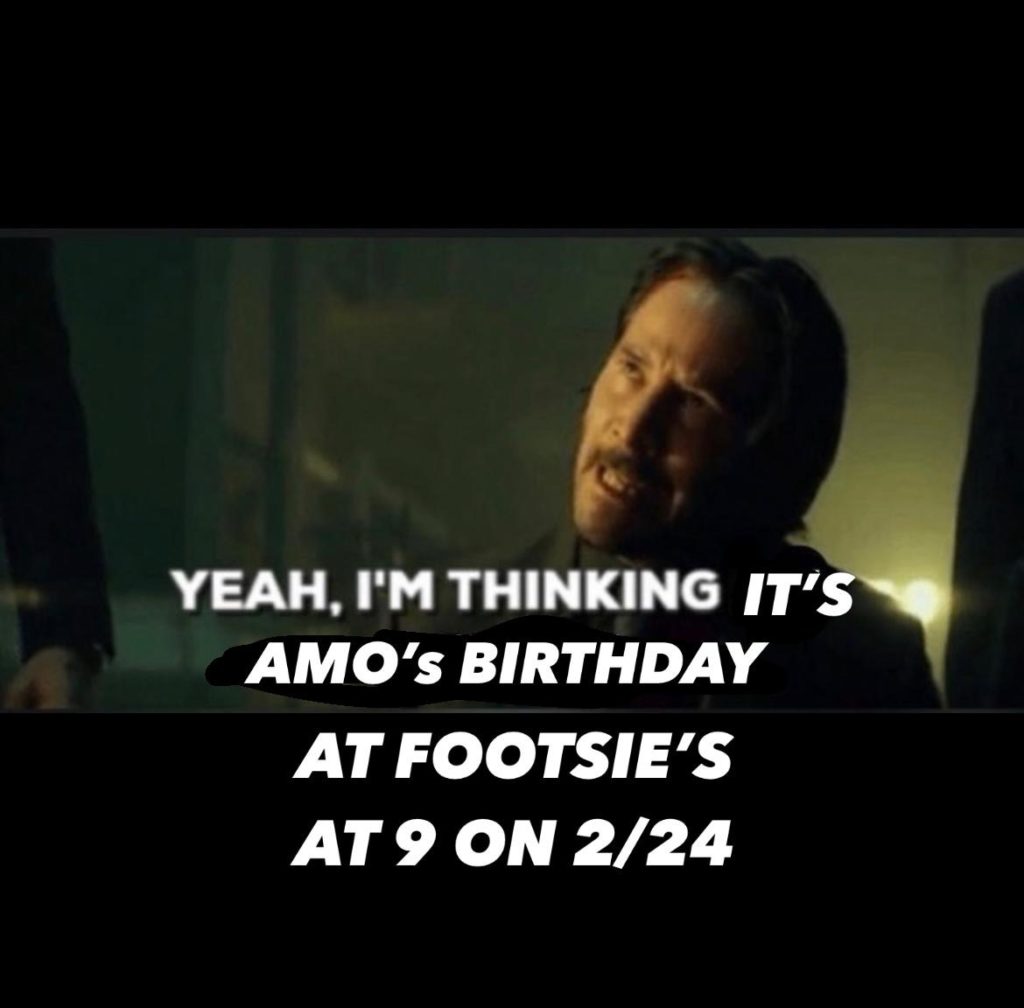
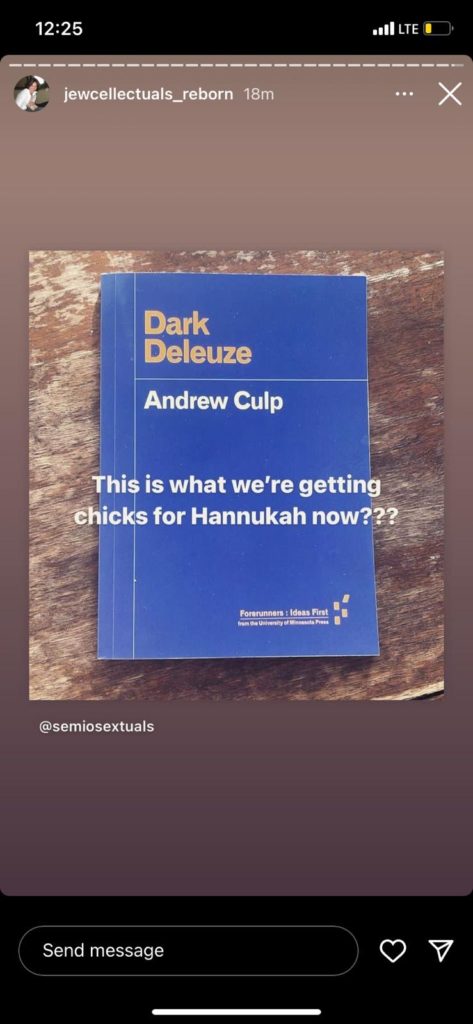
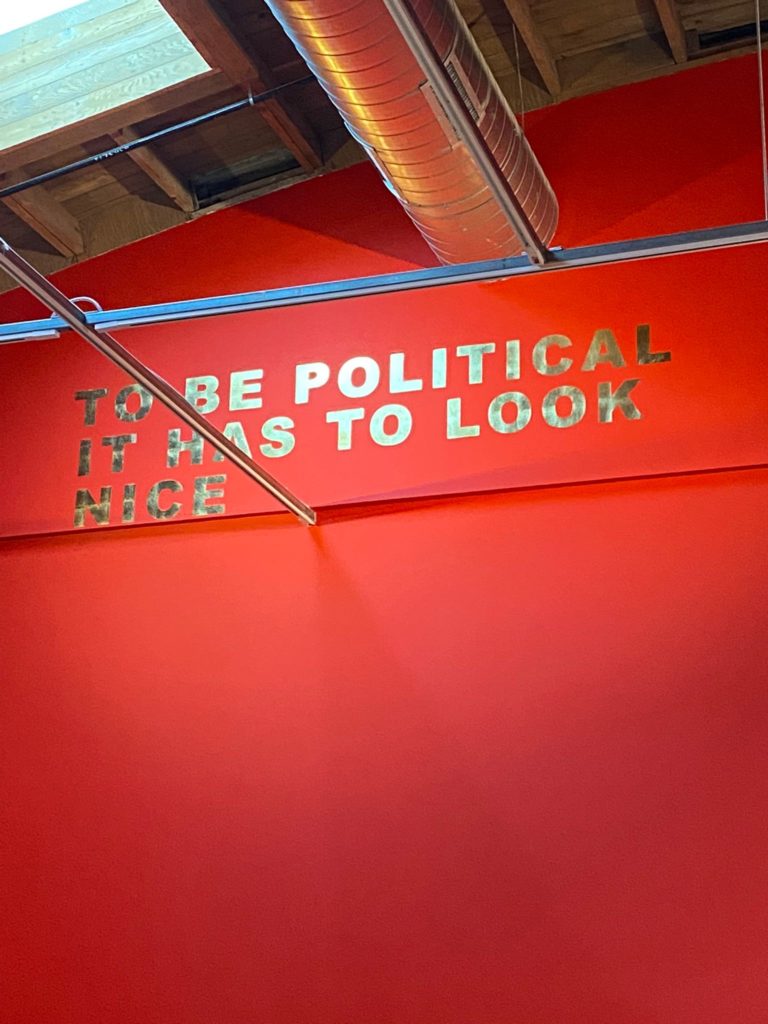
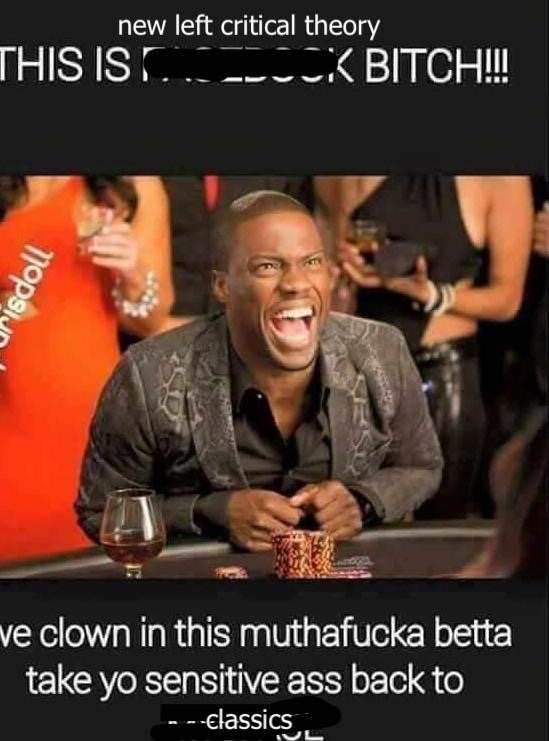
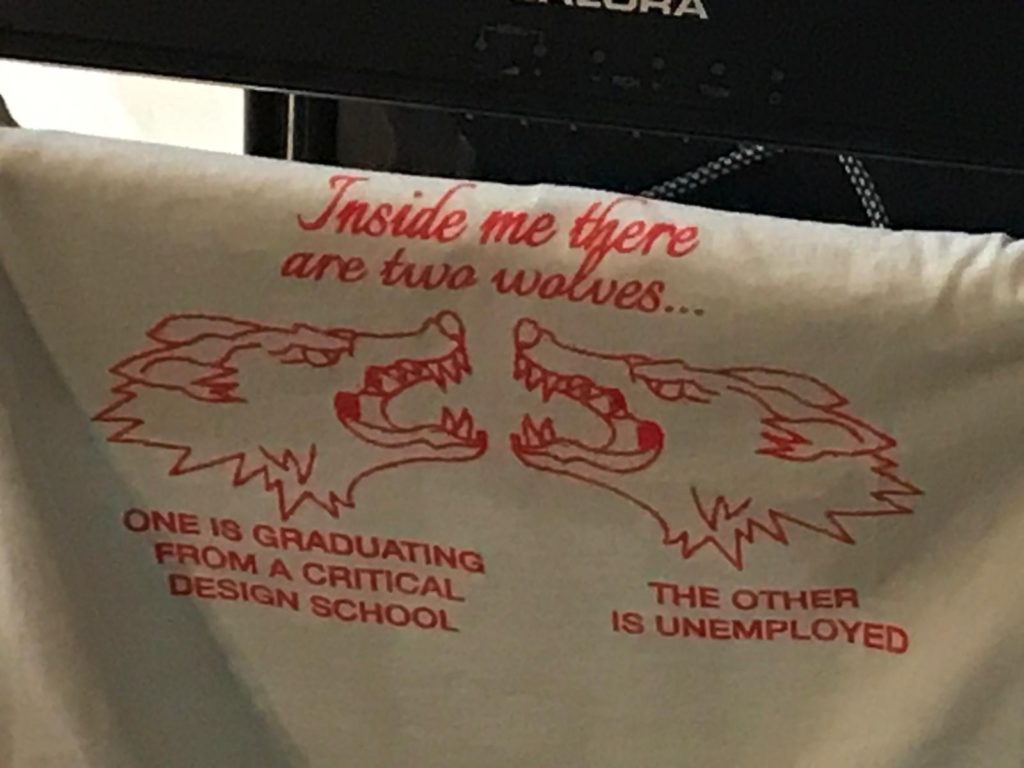
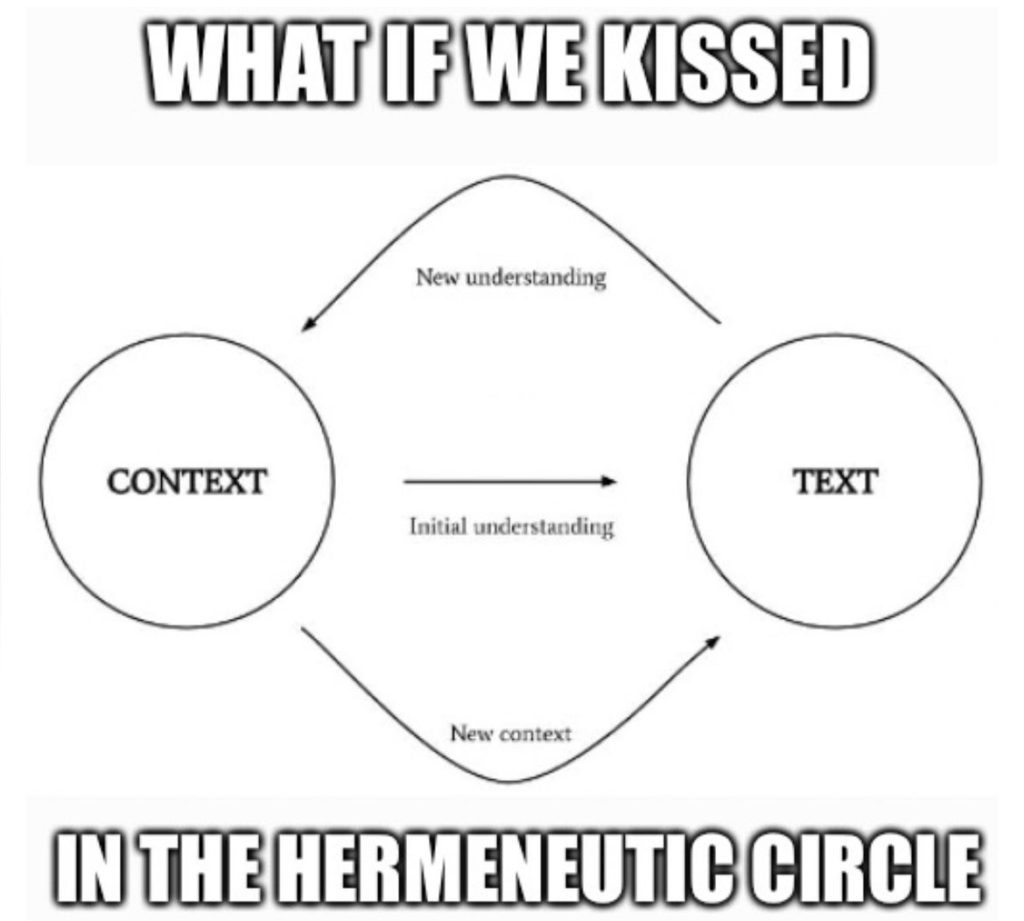

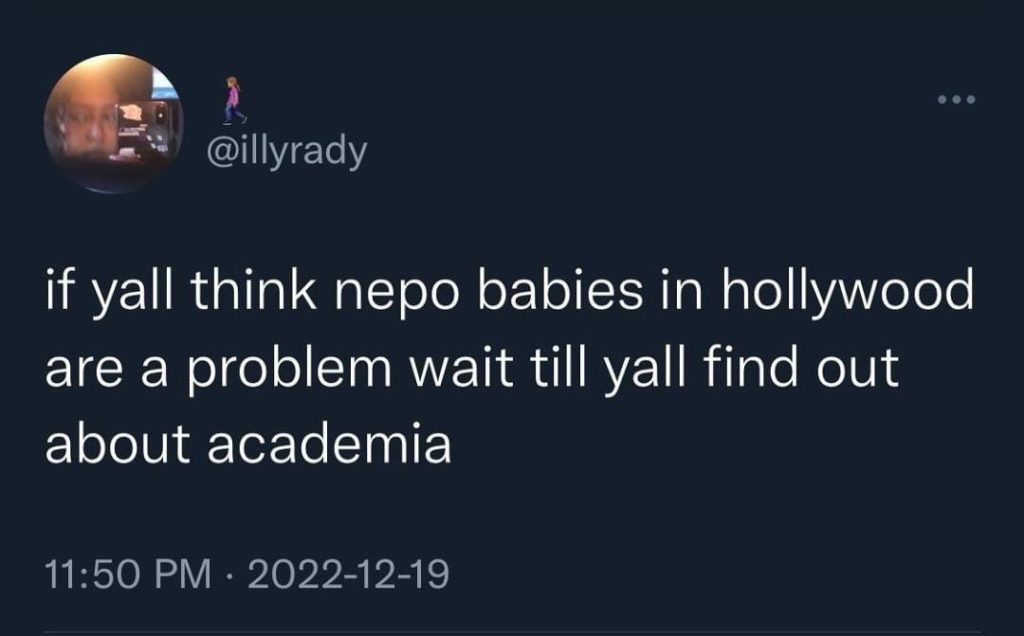
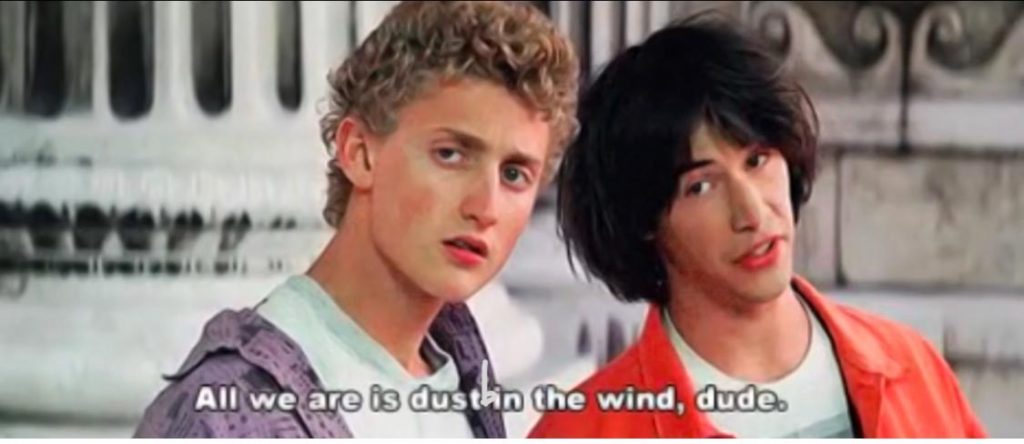


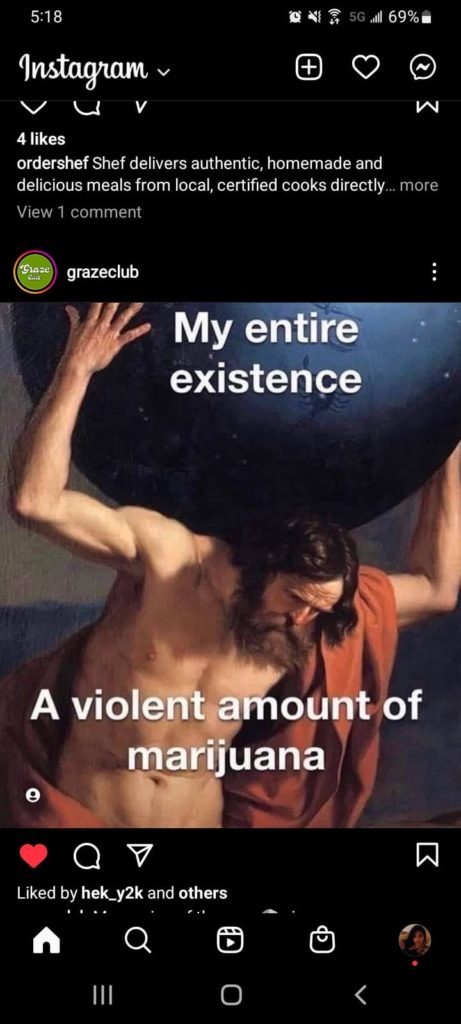
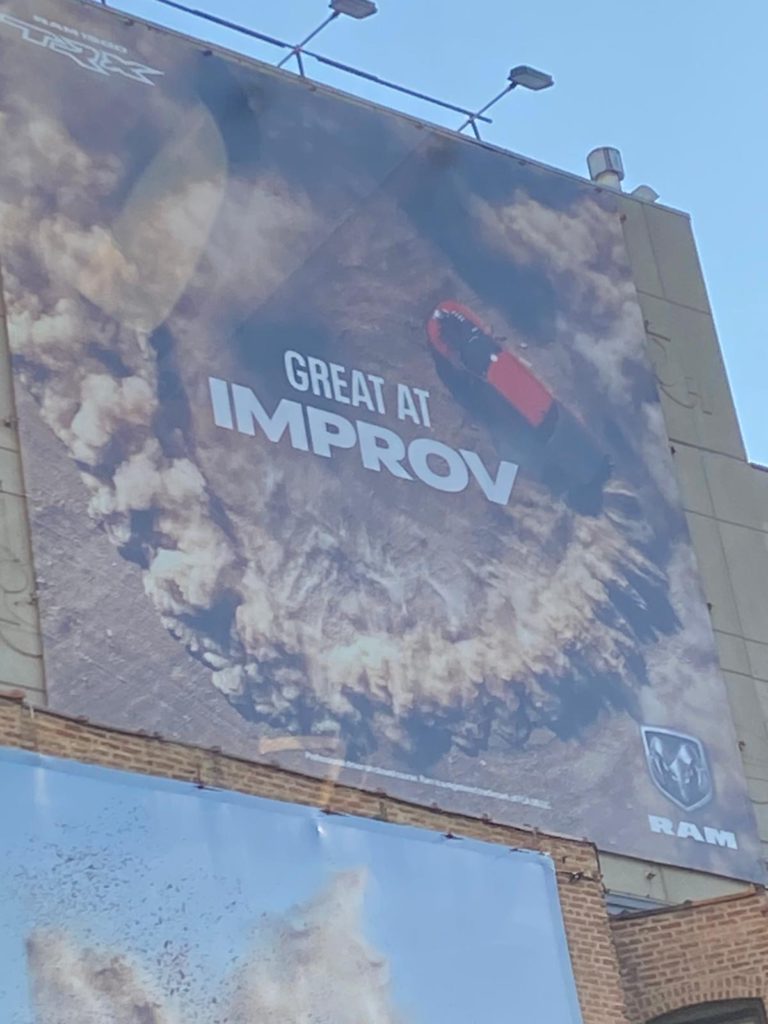
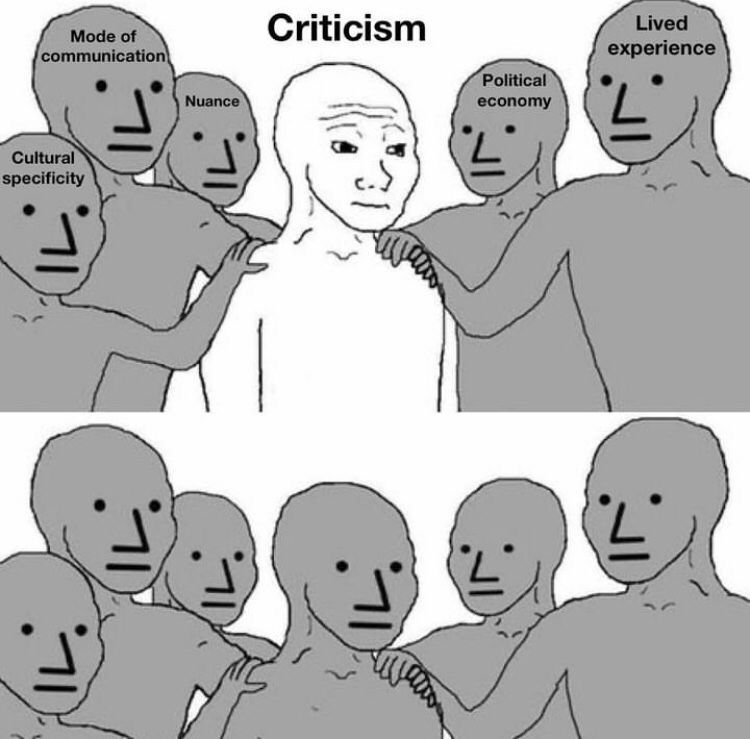
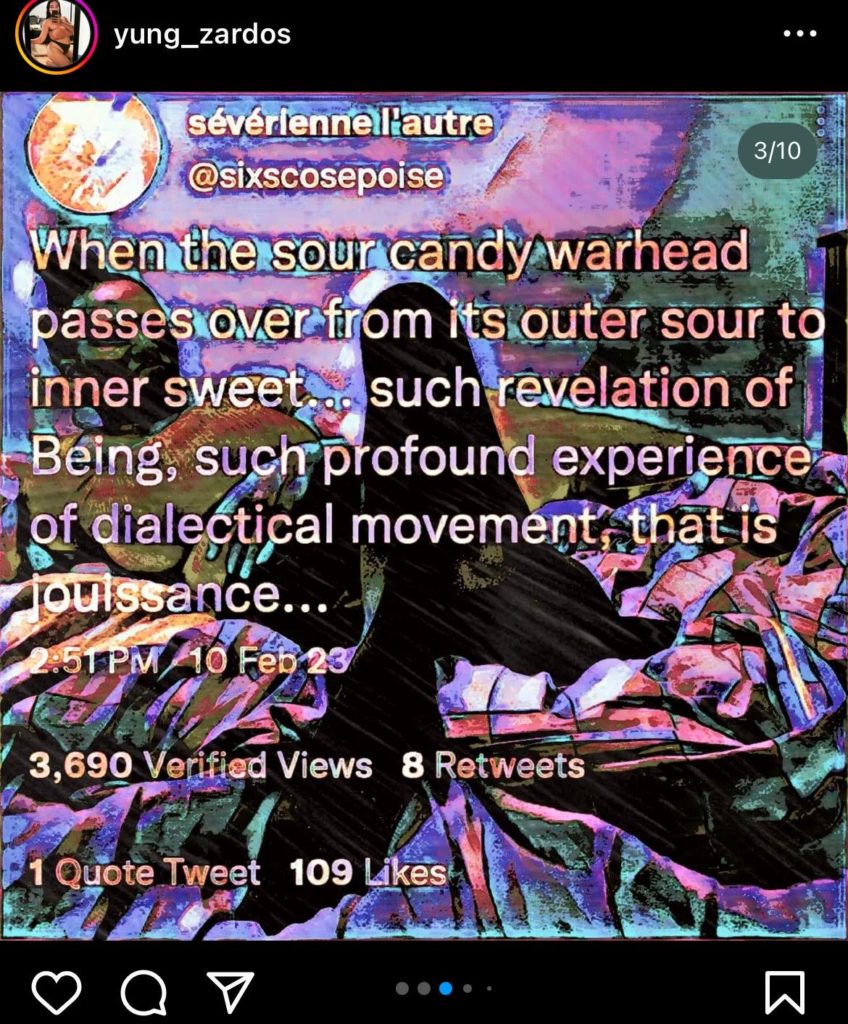
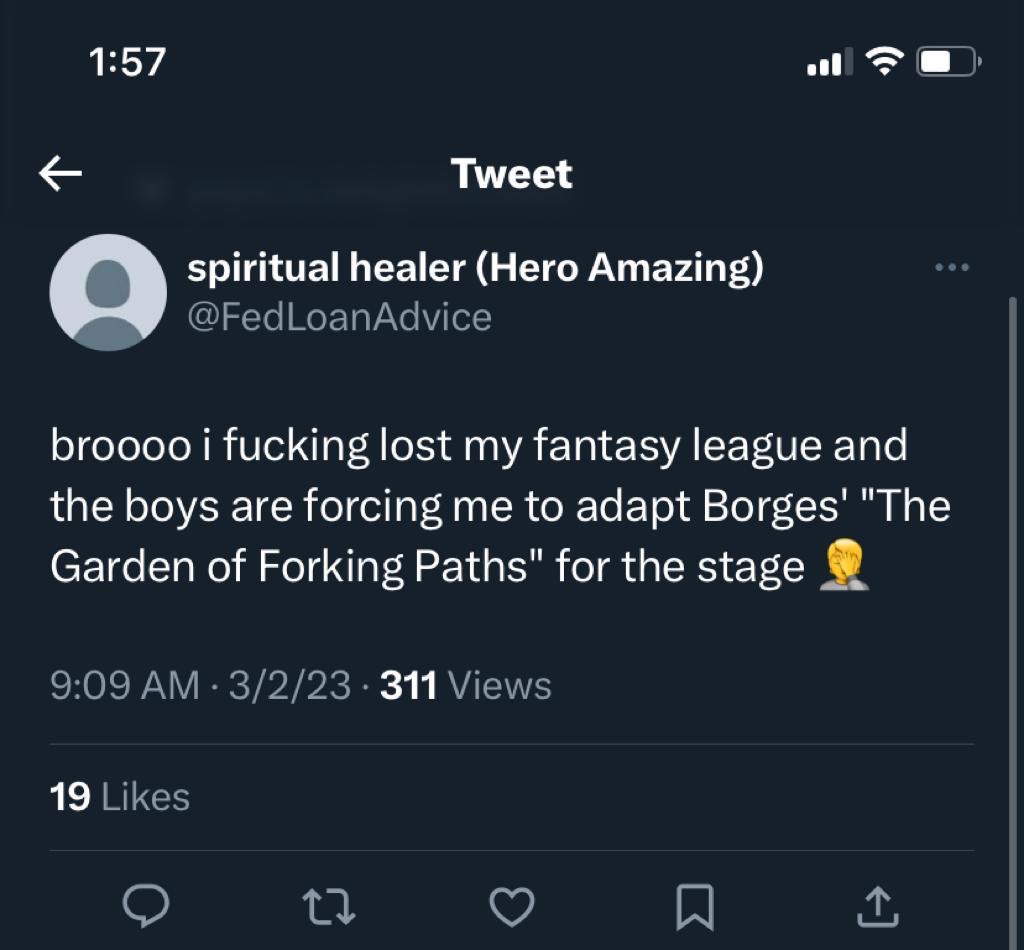
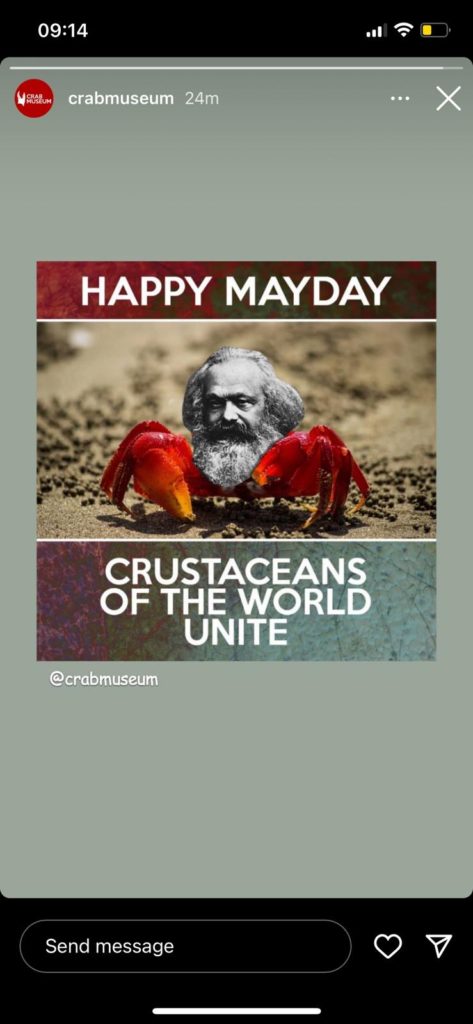
[ pending ]
[ pending ]
[ pending ]
[ pending ]
[ pending ]
[ pending ]
[ pending ]
[ pending ]
[ pending ]
[ pending ]
[ pending ]
In January 2018, The School of Critical Studies at the California Institute of the Arts had the privilege of hosting two public lectures by Judith Butler, Maxime Elliot Professor in the Department of Comparative Literature and the Program of Critical Theory at the University of California Berkeley. On January 26th, Judith Butler delivered the second of these two public lectures, entitled “The Materiality of Mourning in the Work of Doris Salcedo,” at REDCAT Theater in Downtown Los Angeles.
Appealing to the work of Colombian artist Doris Salcedo, Judith Butler addresses the matter of mourning in a society—like the Colombian—that has experienced political violence during most of twenty and twenty one centuries, and that only in recent years is envisioning a peaceful future. For sure, Butler’s exploration may suit to all Latin American countries which have undergone dictatorships and/or upheavals of either left or right wing guerrilla-paramilitary groups—or both. Indeed, having in mind my own country’s political experience (about 1980-2000), I would like firstly to sketch what kind of mourning is Judith Butler’s talking about, i.e., what are its main characteristics. Secondly, I would like to imagine who Doris Salcedo’s artistic work is for, who are her addressees. Next, and drawing on the Peruvian case, I will suggest some cultural-racial aspects that may contribute to qualify Butler’s thought. Then I will compare other “installation” actions with Salcedo’s square garden one. I will conclude positing a reflection regarding the intermingling of aesthetics and politics.
Butler on Mourning
It is important to notice that J. Butler is talking of mourning in relation to death—human death. Nevertheless, it is not any kind of death. First at all, she is talking of mass death; however, she is not considering the all of the causes of mass death, for example, earthquakes, tsunamis, or an epidemic. What Butler is pointing at are mass deaths caused by human beings killing other human beings, and especially those situations where the killed and killers belong to the same country—i.e., it is not an international war. Further qualifying the term “mass death,” the Colombian people, indeed Latin American, were killed in terms of small groups, even one-by-one, over many years—it was not a bombing like that of Hiroshima or Nagasaki.
Therefore, the main characteristics of death I want to consider in relation to Salcedo’s work are twofold. First, disappearance: the absence of death’s “materiality,” and the impossibility to keep vigil for a dear one, and to perform the funeral or burial rituals; and second, oblivion: the fact that the victims’ relatives are left alone in their quest for justice, with the rest of society living as if “it never happened.”
Doris Salcedo’s addressees[i]
Doris Salcedo (Bogota, 1958) can be considered the most important Colombian artist today.[ii] She studied sculpture at the Jorge Tadeo Lozano in Colombia. Later, she made graduate studies at the New York University. Upon graduating, she returned to Colombia, and worked in Cali. It is in this region that she became acquainted with the victims of the Colombian conflict and their relatives, and this experience has defined her aesthetic options. As she declares: “I propose a symbolic sculpture. It has as departure point materials that possess and convey meaning, and can establish communication with the spectator. […] I start with ready-made objects that are full of significance and are able to stir.”[iii]
The Salcedo’s works J. Butler showed us during her conference were curated in a museum—tables, chairs, roses-quilt, garments; she also showed us an installation in a square garden covered with a powder that resembles ashes.
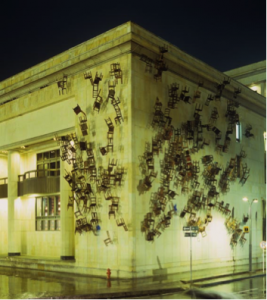
Noviembre 6 y 7 (Chicago) 2002
The type of art Salcedo has exhibited in museums or installed in square gardens is not familiar to all Colombian—Latin American—citizens. The public must be somehow acquainted with Western artistic production, particularly with Western avant-garde works of art. Indeed, the public attending museums are mostly middle class people, already having academic degrees and probably international traveling experience. It would not be a surprise if some of this people self-label as white or Western—which means that they are elites.
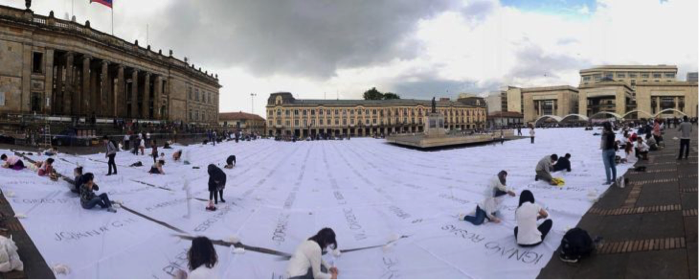
Main Square Installation
Indeed, such situation may explain the impasse between the victims’ relatives and the artist concerning the main square installation: the artistic concept at odds with the victims’ relatives’ needs or views. Let us remember that in Colombia, as well as in Peru, the death toll was mostly of rural poor people.
All this said, my insight is that Salcedo is addressing to Colombian elites—economic, cultural, and social—showing the in-material presence of death through the materiality of art. Perhaps disagreeing slightly with Butler in a sense, I would say that Salcedo is not making only a mourning action; rather, she is primarily calling for solidarity with the victims’ relatives, and their quest for justice; she may be calling also for reconciliation among the different groups who fought each other until recently.
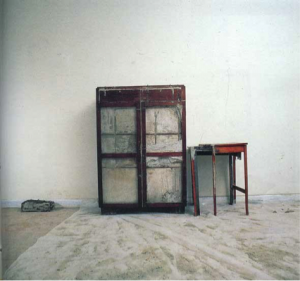
La Casa Viuda (1992-1994)
Drawing from the Peruvian Case
Carlos Iván Degregori (s.d.), a former member of the Peruvian Truth and Reconciliation Commission (TRC), has referred to Peruvian elites as people with estrechez de corazón (narrowness of heart) after elites’ reaction—including Catholic Church’s representatives—to the TRC’s Final Report (2003). Estrechez de corazón makes reference to the lack of empathy and solidarity both with the death people and with their relatives—particularly elder parents or orphans.[iv]
The Peruvian TRC was created the year 2001 after two decades of violence. Indeed, in 1980 a Marxist-Maoist group, known as Shining Path Communist Party, just when we were having elections after twelve years of dictatorship, initiated its armed struggle, which was retaliated by the Peruvian police and armed forces without any respect for human rights. During the 1980’s we could say that as a country we faced an inner war which gave a death toll of 70,000 people, 70 percent of these were Quechua Indigenous People living in the highlands’ country side. Although never said, the death toll may be considered to express a genocidal attitude.
In 2003, the Peruvian Truth and Reconciliation Commission, in its final conclusion, asked the country to “recognize positively our diversity […] in order to overcome the discords of our history” (TRC, Conclusion 171). This call reminds us Peruvians that recognition per se is not at stake; indeed, we must acknowledge that along our history there has always been “negative recognition”,[v] so to speak. In this regard, following J. Butler, we could say that TRC’s call for recognition in positive terms was concerned with the “terms of recognition” or the “schemes of recognition” that may establish a hierarchy of humaneness. Let me quote J. Butler (2004):
The Hegelian tradition links desire with recognition, claiming that desire is always a desire for recognition and that it is only through the experience of recognition that any of us becomes constituted as socially viable beings. That view has its allure and its truth, but it also misses a couple of important points. The terms by which we are recognized as human are socially articulated and changeable. And sometimes the very terms that confer “humanness” on some individuals are those that deprive certain other individuals of the possibility of achieving that status, producing a differential between the human and the less-than-human (2, my emphasis)
She further adds a qualification:
Certain humans are recognized as less than human, and that form of qualified recognition does not lead to a viable life. Certain humans are not recognized as humans at all, and that leads to yet another order of unlivable life […]. But if the schemes of recognition that are available to us are those that “undo” the person by conferring recognition or “undo” the person by withholding recognition, then recognition becomes a site of power by which the human is differentially produced. (2, my emphasis)
Similarly, we could say that in her conference J. Butler is addressing the same topic of recognition when she suggests that the Colombian case illustrates the distinction among humans in terms of who deserves grieving, less-than-grieving or un-grieving. Furthermore, the Peruvian case illustrates how class, gender, culture, race and even geography mix to define who is human, less-than human or un-human—with the concomitant grieving status.
In this regard, Salcedo’s work may have another reading. The absence of humans in her exhibitions and installations may not only allude, by omission, to los desaparecidos (the disappeared), as J. Butler told us, but also to elites’ willful blindness; indeed, I feel that Salcedo is giving materiality to this blindness, which is expressed also in a pervasive discourse of the sort “nothing happened.” Salcedo’s work may be a cry demanding recognition of the disappeared and the relatives of the victims, which means to bring out the victims from oblivion as a precondition for mourning and to seek for justice.
In this regard, Salcedo’s work may be conceived as a critique to the “terms of recognition” (a political endeavor) through an aesthetics. We may say that she is calling for a collective action, a collective sensibility based on a capacity to be stirred, thrilled, moved. Let me quote J. Butler once more:
Indeed, the capacity to develop a critical relation to these [recognition] norms presupposes a distance from them, an ability to suspend or defer the need for them […] (3). The critical relation depends as well on a capacity, invariably collective, to articulate an alternative, minority version of sustaining norms or ideals that enable me to act. (3)
Salcedo’s aesthetics seems to articulate an alternative which she knows it has to be collective, and she does so pointing to the victims, paradoxically, through their “absence” in her work. We may say that she struggles to allow the voice of the death crying for their right to be grieved, mourned and buried. At the same time, she calls for solidarity with the victims’ relatives, who are indeed the surviving victims.
Other Grieving Possibilities
Butler, during the questions round, said that in Colombia there is a “living relationship with the death,” a description that may be expanded to most of Latin America. Indeed, such description is best noticeable during one of the most popular Latin American celebrations: the “Día de los muertos” (Day of the Dead). Although the Mexican version is the most well-known, it is also celebrated in countries like Colombia and Peru.
This “living relationship with the death” has its origins in native cultures, and points out to precolonial rituals and celebrations, and death conceptions. In order to survive, such celebrations had to be juxtaposed with Catholic holidays (Lamana 2008). Indeed, on November 2nd, relatives of the death persons visit them at the cemetery carrying the most preferred meals and beverages of the deceased. But that is not all: families take with them musicians who play joyful music, and the relatives dance and sing around the sepulcher. Of course, here we are not talking of desaparecidos.
Concerning desaparecidos, in the Peruvian case there are hundreds of places already acknowledged as sites where both Shining Path and the Peruvian Armed Forces buried the people they assassinated. So far, only few of these places have been “opened” to unearth the death, and, as a matter of fact, unearthing their deceased beloved ones is a permanent cry of victim’s relatives.
However, these relatives do make “installations” in public spaces of Peru’s main cities.[vi] They are a sort of altars or shrines built with ID photos of their death relatives—in most cases, such personal ID photos may be the only existing ones; furthermore, the photos have the names of the portrayed persons. From a Western point of view, the exhibit may be considered as an “installation”, and even as a work of art. However, for the Andean people it is an “aesthetic object” but not necessarily alluding to art; rather, I would say, it is an aesthetic object alluding—actually calling—for a different sensibility, a different aesthesis (Maffesoli 2007). The political goals may be the same as the ones J. Butler suggests for Salcedo’s work; however, the aesthetic attitude is different.
During J. Butler’s lecture, she mentions the victim’s relatives’ presence only when she talks about Salcedo’s square garden installation—it seems that nothing happened at the museums in this regard. The relatives disagreed, J. Butler, told us, with Salcedo’s aesthetic concept: they wanted names and, perhaps like the Peruvians, photos. The victim’s relatives showed a different sensibility, that is, a different aesthetics (Cf. Maffesoli 2007).
Final remark
In this essay I tried to enter in a conversation, so to speak, with J. Butler’s reading of D. Salcedo’s artistic work, particularly Butler’s concern with mourning. Although agreeing with her that Salcedo’s work may be read as such, as a contribution to mourning in a society, like the Colombian, that is struggling to build peace for all its constituents, my aim was to introduce some nuances to Butler’s argument. In this regard, I tried to imagine who Salcedo’s main addresses were. My contention is that Salcedo is calling Colombian elites to recognize the suffering of their country-mates, to see the death as a condition of mourning. In other words, Salcedo may be also saying that oblivion does not contribute neither to mourning nor to reconciliation.
Next, appealing to my country’s own violent history, I tried to suggest the importance of racial-cultural and class considerations, among others, to understand the conundrum of mourning in Latin American societies where the terms of recognition—or terms of mourning—still define ontological hierarchies among people.
I also tried to build a complementary, rather than alternative, interpretation concerning the impasse between the artist and the victims’ relatives. Particularly, my aim was to suggest how is it that in countries like Colombia and Peru coexist diverse aesthetics and diverse political uses of aesthetic objects even to grieve and mourn.
The victims’ relatives know that their dear ones are death. Besides the issues of “reparación” (remediation), mourning means also the possibility to play, sing and dance to our defunct on deceased on Día de los Muertos (Day of the Death), to share with them their favorite meals, and to let them rest putting an end to our pain and sorrow.
The use of art for healing is practiced in Native Americans therapies (labelled as shamanism). Today, such practices are used to cure some violent legacies that come from colonial times or early republican periods. Healing practices do not use words, I mean, talking. It is the very act of “practicing art” the one that heals the grief.
Salcedo’s use of art may be announcing not only a mourning method to deal with last decades violent experiences. It may be also a recognition, a positive one, of the world visions of people despised along centuries—particularly the matters related to death and mourning. If we consider Salcedo’s work as an expression of postmodernity, we may also consider it as an aesthetic seed that may announce also a decolonial stand.
Bibliography
Butler, Judith. Undoing Gender. New York and London: Routledge, 2004.
Degregori, Carlos Iván. “Estrechez de corazón.” Lecture Transcription. S.d.
Lamana, Gonzalo. Domination without Dominance: Inca-Spanish Encounters in Early Colonial Peru. Durham and London: Duke University Press, 2008.
Maffesoli, Michel. En el crisol de las apariencias: para una ética de la estética. Mexico: Siglo XXI Editores, 2007.
Quijano, Aníbal. “Colonialidad del poder, eurocentrismo y América Latina.” In Lander, Ernesto (Ed.). La colonialidad del saber: eurocentrismo y ciencias sociales. Perspectivas latinoamericanas. Buenos Aires: CLACSO, 2000, 201-46.
TRC – Truth and Reconciliation Commission. Final Report. Lima: CVR, 2003, http://www.cverdad.org.pe/ingles/ifinal/conclusiones.php.
Notes
[i] Salcedo’s work pictures are taken from a public domain: https://culturacolectiva.com/arte/doris-salcedo-la-artista-del-tercer-mundo. Although different, the pictures share the same aesthetic with the ones showed by J. Butler during her lecture.
[ii] Her work has been exhibited, among other places, in the New Museum of Contemporary Art (New York), the Brooke Alexander Gallery (New York), Zürich Shedhalle, the 9th Sydney Biennial, the XLV Venetia Biennial, and the London Tate Gallery. The year 2014 the Solomon R. Guggenheim Museum (New York) and the Museum of Contemporary Art (Chicago) exhibited a retrospective of Salcedo’s creations. See http://enciclopedia.banrepcultural.org/index.php/Doris_Salcedo.
[iii] Quoted in http://enciclopedia.banrepcultural.org/index.php/Doris_Salcedo .
[iv] Let me quote C. I. Degregori (Sine Data): “En nuestro país, desgraciadamente, […] no queremos reconocer que algo gravísimo sucedió en las décadas previas; que muchos hicimos muchas cosas muy mal, además de Abimael Guzmán. No queremos reconocernos siquiera como un país de posguerra, y que muchos de nuestros problemas tienen que ver con esa condición. […] Lo cierto es que negarnos a reconocer errores y emprender profundas reformas institucionales, como las que planteó la CVR, no solo nos condena a una política cortoplacista, que cree que lograda la eficiencia económica todo el resto se nos dará por añadidura, sino que revela un rasgo definitorio de nuestras élites y de lo políticamente correcto en el Perú actual: estrechez de corazón.”
[v] As a matter of fact, we may say that any hegemonic domination program requires elites and subaltern people. This very “subalternization” is a negative recognition of diversity which was cornerstone of, for instance, coloniality and patriarchy.
[vi] I witnessed this kind of political-aesthetical collective action in Lima, Peru, the year 2007.